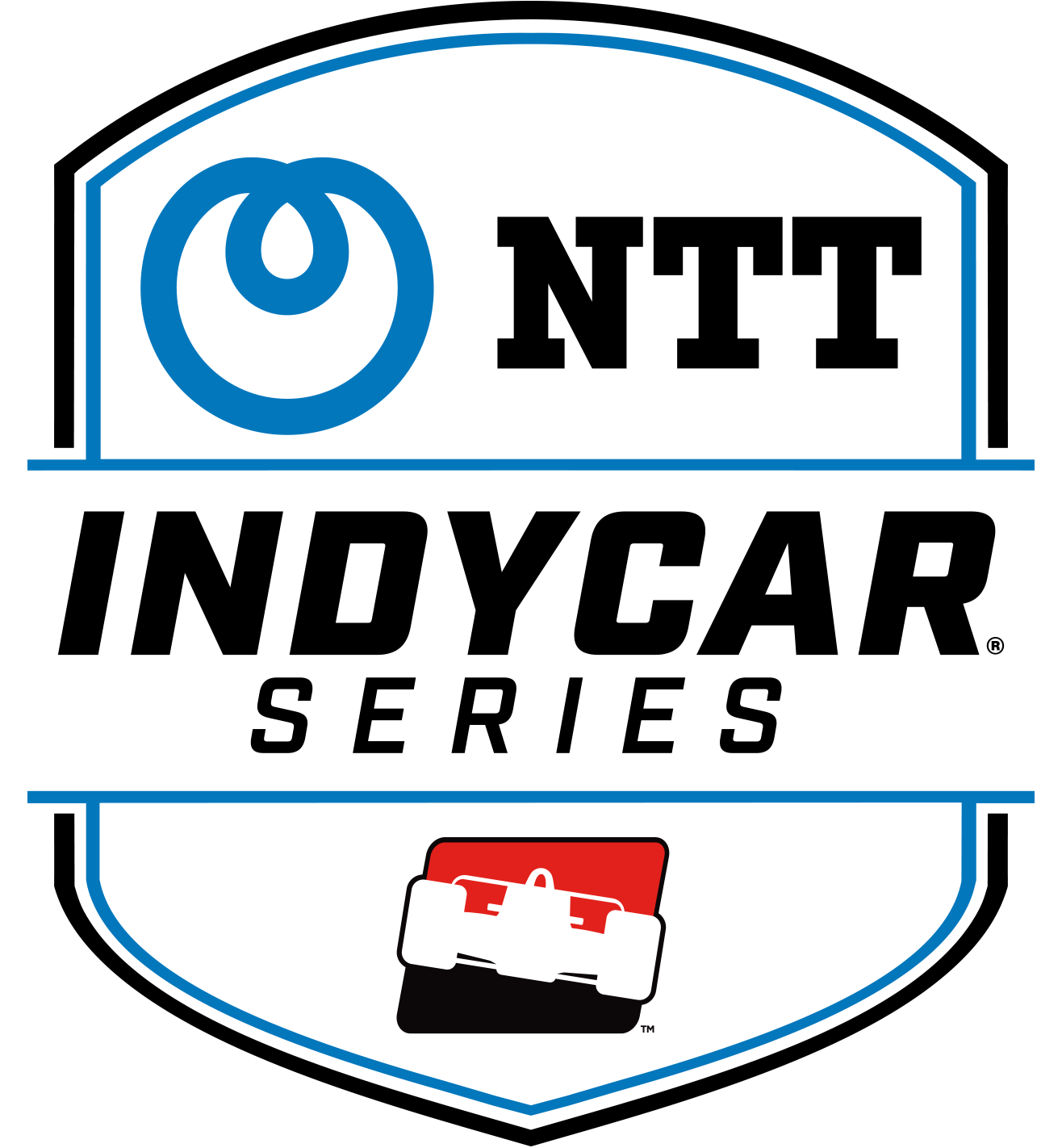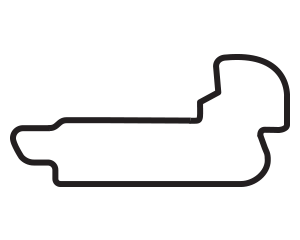Upcoming windscreen test is culmination of INDYCAR's ongoing safety priority
FEB 04, 2018
One of the most interested observers when INDYCAR tests its prototype windscreen later this week at ISM Raceway will be the sanctioning body’s president of competition and operations.
The topic of the windscreen – which would help protect the driver’s head by deflecting flying debris away from the open cockpit of an Indy car – has been a priority for years. It took on greater urgency and has remained of high importance since the death of beloved driver Justin Wilson in 2015.
Frye has closely monitored the windscreen prototype’s development led by Jeff Horton, INDYCAR director of safety and engineering, and Dr. Terry Trammell, INDYCAR medical consultant and a longtime advocate for driver safety. Horton and Trammell are shown above with the windscreen prototype.
Scott Dixon is scheduled to put the prototype through its first paces on track Thursday at ISM Raceway outside Phoenix, driving a Chip Ganassi Racing Honda. Up to this point, the windscreen’s only use has been on a racing simulator or scale-model wind tunnel at chassis maker Dallara.
“This will be the first time we actually put it on a car on a racetrack,” Frye said recently. “It’s truly to tell what would be next and when it would happen.”
The 2018 Verizon IndyCar Series car, with its new universal aero kit, already has added safety features including stronger side-intrusion panels. The aero kit also features fewer winglets and other aero pieces than the previous kits, resulting in less debris in an incident.
Checking on the feasibility of adding a windscreen to all cars is the next step.
“We just want to make sure we do the right thing and we get it done correctly,” Frye said. “The car as it sits right now has a much more robust safety feature with the side-impact piece, with the Coke-bottle shape (of the aero kit) and with the sidepods moving forward (to improve side-impact protection). We just want to keep going. We're not done.”
Drivers favor use of a windscreen, if it doesn’t affect visibility through the curvature or material of it. That is the primary goal for Thursday’s test with Dixon: to check for visual acuity in daylight, at dusk and at night under track lighting.
INDYCAR is also mindful that a windscreen must not impede the safety team’s ability to extricate a driver from a crashed car. And the device must be durable enough to withstand debris without drastically impacting aerodynamics.
Frye has emphasized that the series won’t implement the windscreen until it is proven ready.
“We’ve done simulation and the (scale-size) model, we’ve done everything except put it on a car on a track,” Frye said. “That’s the next step. Even on that, there’s a process we’ll go through. Do we integrate it or not? If we do integrate it, how do we go forward? Is it a (2019) thing or is an end-of-’18 thing?
“Once we get it on the car, we’ll see how it affects the handling of the car. … We can collect the data on how it affected the car. That will make us better and better, knowing what we want to do and how we go forward.”
Frye added that he and INDYCAR are pleased with the new-look car that has drawn overwhelmingly positive reviews for its look and how, by decreasing generated downforce, it puts driver skill higher on the requirements for success.
“We started with this (new car design) in March of 2016 to get it to where it is today,” he said. “It was a long process, a great process, but we checked every box as we went through it. The testing of it has been absolutely amazing right out of the box.”
INDYCAR also doesn’t want a windscreen to detract from the car’s sleek look.
“There’s a historical feel to this car,” Frye said. “We’ll just go back and look at some of the older pictures of cars when they had (windscreens in the past). It might not be that new. We’re trying to go for a different look. We’ll see.”
Dixon’s test will take place during down time on a day reserved for Verizon IndyCar Series rookies to test on the ISM Raceway 1.022-mile oval. It will not be open to the public.
The two-day open test for all teams takes place Friday and Saturday at the track. Twenty-three cars are scheduled to participate. Saturday’s testing is open free to the public, with cars on track from 3-6 and 8-11 p.m. ET. An all-driver autograph session will take place between sessions at the track’s DC Solar Power Pavilion. For more information on Saturday’s “Prix View” day, click here.
The 17-race Verizon IndyCar Series season opens with the Firestone Grand Prix of St. Petersburg on March 11 (12:30 p.m. ET, ABC and Advance Auto Parts INDYCAR Radio Network).






















